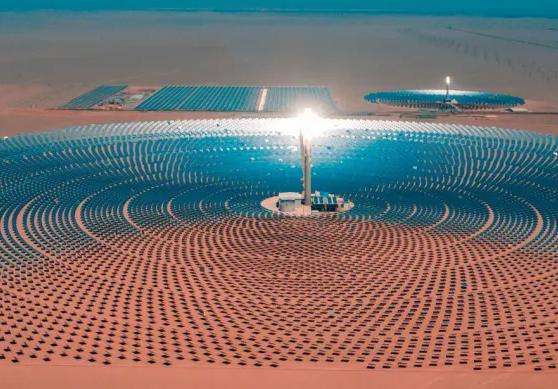What types of new energy vehicles are there
1 Classification of new energy vehicles:
Depending on the new energy source used, the new energy technology. Vehicles can be divided into five categories.
The first is energy-saving and environmentally friendly vehicles based on traditional petroleum fuels, such as advanced diesel vehicles and hybrid vehicles.
The second concerns vehicles powered by natural gas and oil.
The third concerns fuel cells and hydrogen vehicles.
The fourth concerns purely electric vehicles.
The fifth concerns solar-powered cars.
Hybrid electric vehicle definition:
A vehicle having two or more energy storage devices, energy sources or converters as motive power sources, of which at least one can provideelectrical energy. It is a hybrid electric vehicle (HEV).
Fuel cell electric vehicle:
The fuel cell electric vehicle (FCEV) uses hydrogen and oxygen from the air under the action of a catalyst for generating energy in a fuel cell. generated by electrochemical reactions and is used as the main source of energy to drive cars. Fuel cell electric vehicles are essentially a type of purely electric vehicle. The main difference lies in the principle of operation of the power battery.
Hydrogen engine car:
Hydrogen engine car is a car that uses a hydrogen engine as a power source. The fuel used by general engines is gasoline or diesel, and the fuel used by hydrogen engines is hydrogen gas. Hydrogen-powered vehicles are trulyzero emissions that emit pure water, which has the advantages of no pollution, zero emissions and abundant reserves.
Pure electric vehicles:
Pure electric vehicles (blade electric vehicles, called BEVs) are vehicles that use a single battery as an energy storage power source. The battery provides electrical energy. to the electric motor via the battery, causing the electric motor to operate, thereby driving the car.
Extended-range electric vehicle:
An extended-range electric vehicle is a purely electric vehicle equipped with ground charging and on-board power supply functions. Its mode of operation can be purely electric depending on needs. The mode, extended autonomy mode or hybrid mode is a transition model between pure electric vehicles and hybrid vehicles. It presents the characteristics of electric vehiclespure and hybrid vehicles.
Of course.
Australia holds an annual solar electric car competition, which uses solar cells to charge the battery.
The choice of voltage is not important. The voltage can be changed flexibly according to battery charging needs. The key is the power of the battery board. The higher the power, the faster the speed. The problem is that larger panels cost more and become less stable. Therefore, solar car competitions limit the surface area of the panels. You can only increase the area.The photoelectric conversion efficiency and optimized drive circuit achieve the goal of efficient use of solar energy.
Using solar cars is very expensive, so you should act within your capabilities.














